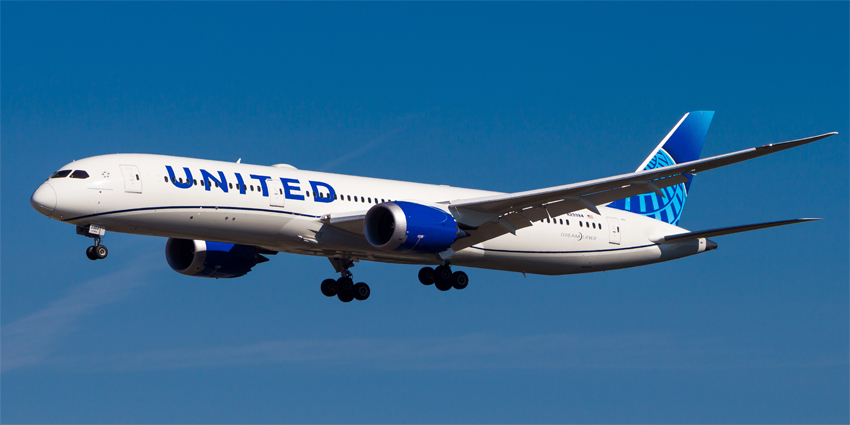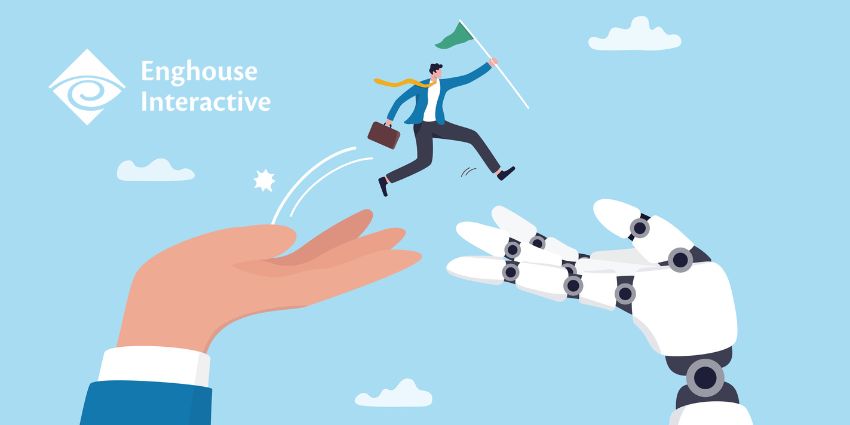In this day and age, somebody getting scammed over the phone doesn’t usually make headlines, but there’s something unique and troubling about Dan Smoker’s incident with United Airlines.
Stop us if you’ve heard this one before: a customer called up a company and ended up accidentally sending money to a bad actor.
It isn’t quite a tale as old as time, but it’s certainly been around for as long as telephony customer service has been.
In most cases, the customer uses an internet search to find the company’s contact number and is redirected to a scam line or receives a call directly from the scammer impersonating the company.
However, in this instance, Smoker has proof that he only ever dialed the United Airlines’ official customer service number, so how exactly did he end up losing over $17,000?
A Series of Usual and Unusual Events
As he was about to embark on a European family holiday, Smoker’s flight was cancelled.
Most people will have experienced something similar at some point during their travels. While it is unfortunate and can be very irritating, it is usually a fairly straightforward process.
Smoker contacted the official United Airlines customer service number to try to rebook a flight for himself and his family.
During his three-hour-plus phone call, Smoker was able to rebook the flights and upgrade to premium economy. The service agent confirmed that they would have to charge Smoker for the new tickets, but that he would be able to get a full refund.
Following the call, Smoker received an email confirmation with details of the new flights and the refund.
It all sounds pretty uneventful so far, but this is where things took a turn.
Months later, the refund never appeared.
After checking over his credit card statement, Smoker noticed that the $17,000 charge was listed under AIRLINEFARE, rather than United Airlines.
At this point, he suspected he may have been the victim of a scam and reached out to Consumer Investigator Steve Staeger.
Staegar reviewed Smoker’s call log and confirmed that he had contacted the official United Airlines number, but he did notice several irregularities with the email confirmation.
“When I read that refund email, I spotted red flags almost immediately, like the email didn’t come from a United Airlines email address,” he said in an appearance on Denver, Colorado’s 9News.
The format is weird, some numbers with zeros in front of them, dollars always listed in USD, dates with day in front of the month. I figured Dan had been taken advantage of.
But, if Smoker only ever contacted United, how did this happen?
During the call, Smoker recalls being placed on hold by a female agent. When the call returned, it had been passed on to a new male agent named ‘David’.
It looks like this is where the scammer must have made contact, as United later confirmed that although they did have a record of Smoker’s call, it had only been logged on their side for 12 minutes – not the three hours that Smoker’s call log shows.
The airline has launched an internal review but cannot yet explain how the line was diverted to a scammer or why their own records showed a far shorter interaction.
In the meantime, Smoker has filed a fraud report with his card provider as he waits for answers.
However, Smoker has stated that “it’s not even about United paying the $17,000,” he just wants to know how he contacted United Airlines but ended up being on the phone with ‘David’.
How Enterprises Can Avoid the Same Pitfalls
While the United Airlines mess has yet to fully untangle itself and is undoubtedly a unique instance, there are still wider customer experience and service lessons to be learned.
For enterprises, the story should be viewed as more than just a one-off scam; it’s an example of what happens when customers can’t trust the channels you control.
Contact numbers, live chat links, and social handles serve as signals of credibility. If those signals are hijacked or left vulnerable, the brand becomes part of the problem.
So, what can enterprises do?
First, agent education is critical. In this case, the agent could have been manipulated into forwarding the customer to a fraudster. As such, contact center leaders must offer agents a clear escalation path if they are ever threatened into following a scam, so they never feel alone and coerced.
That’s not an unusual occurrence. Many customer service leaders will tell stories of their agents being threatened in the car park to share sensitive information.
There is also the chance that the agent did this of their own free will. Given this risk, service leaders should engage with their tech partners to ensure they can block external transfers or add a permissions layer.
Moreover, contact centers should tighten their verification processes. That means securing their digital footprint across search engines, directories, and social platforms, making sure customers aren’t falling into lookalike traps.
From there, they must build redundancy into their trust markers. Caller ID authentication, clear callback protocols, and two-step verification for financial transactions are no longer ‘nice-to-haves’; they’re essentials.
Equally, enterprises need to think about customer communication. When customers don’t know how to tell the difference between a real agent and an impostor, silence becomes a risk.
Proactive education – whether it’s a line in the IVR, a banner on the support site, or consistent messaging in email receipts – can go a long way in this regard.
At its core, this is about recognizing that the support channel isn’t just a service function; it’s the front line of brand integrity.
If customers can’t trust the number they call, everything else comes undone.







